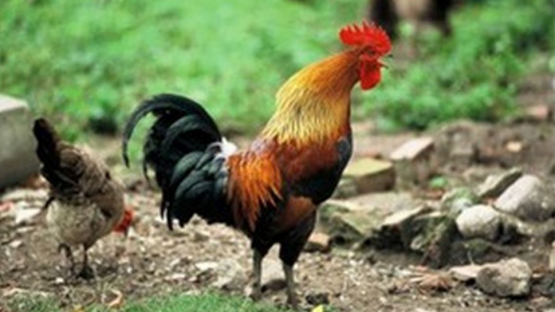The search for beneficial mutations in the genomic DNA is therefore often sought in local, unselected breeds. This approach may eventually lead to better understanding of the evolutionary processes that resulted in adaptation of indigenous chicken and natural selection of immune-related genes. The first step in selection of a breed is to comprehensively characterize it, including the breed history, population size and distribution, physiological properties of the birds, as well as determining genetic polymorphisms within the loci that are specifically associated with relevant traits, such as immune resistance, that can be useful for studies on genetic resistance.
Since there are still a number of chicken breeds that could potentially carry desirable mutations within immune-related genes, a project was initiated by the Genetic Group at the Animal Production and Health Laboratory to undertake the genetic characterization of several indigenous chicken breeds and for that purpose, both breed information and DNA samples have been collected. Initially the project covered local breeds from Eastern European countries, including Poland, Bulgaria, Bosnia and Herzegovina, Macedonia and Montenegro but was lately extended to other parts of the world. Examples of the birds included in the study are the Green-legged Partridge, an indigenous Polish breed with characteristic green shanks that lays eggs with lower cholesterol content and Kadaknath – an Indian fowl with black coloured plumage whose meat is a rich source of iron.



